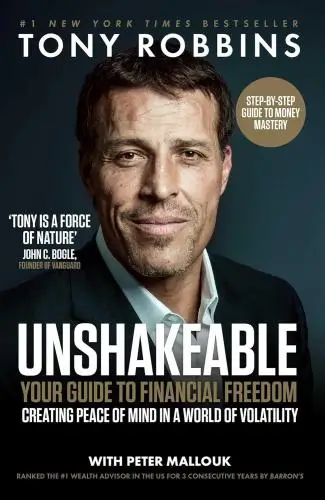Unshakeable
Your Financial Freedom Playbook
What's it about?
Unshakeable by Tony Robbins is a financial guide designed to help you achieve financial freedom and security. Robbins distills complex investment concepts into clear, understandable advice, ensuring you can navigate market volatility with confidence. This book arms you with the tools for making smart investment choices and lays out strategies to keep you ahead of inflation and secure a financially sound future. Dive into Unshakeable to discover practical tips and insights that will empower you to grow your wealth, even in turbulent times.
About the Author
Tony Robbins is a motivational speaker, author, and life coach known for his works on personal development, leadership, and financial freedom. His writing style is engaging and practical, emphasizing empowerment and strategies for overcoming obstacles. Notable themes include harnessing the power of belief and creating lasting change.
10 Key Ideas of Unshakeable
Embrace the Power of Compound Interest for Long-Term Wealth
Understanding and leveraging compound interest is crucial for building long-term wealth.
By reinvesting earnings, you allow your investments to generate their own earnings, creating a snowball effect.
This principle emphasizes the importance of starting early and staying invested, allowing time and the power of compounding to work in your favor.
The key is consistency and patience; even small, regular investments can grow significantly over decades.
Learn DeeperStart Saving Now: No matter how small the amount, begin saving a portion of your income immediately. Even if it's just 1% of your paycheck, it's a start. Over time, increase this percentage as you can.
Automate Your Savings: Set up an automatic transfer to your savings or investment account. This way, you're consistently contributing without having to think about it every month.
Choose the Right Investment Vehicle: Research and select investment options that offer compounding interest, such as index funds or retirement accounts like a 401(k) or IRA. These platforms typically reinvest dividends, allowing your money to grow more efficiently.
Stay the Course: Avoid the temptation to withdraw your investments during market downturns. Remember, the power of compounding works best over time, and the market has historically trended upwards over the long term.
- Example
If you start saving $100 a month at the age of 25 in an investment account with an average annual return of 7%, by the time you're 65, you could have over $240,000, thanks to compound interest.
- Example
Consider someone who invests $5,000 annually in a retirement account from ages 25 to 35 and then stops adding new contributions. Assuming an average annual return of 7%, by age 65, this person would have over $602,000. In contrast, someone who starts saving the same amount annually at age 35 and continues until age 65 would have about $540,000. This example illustrates the significant advantage of starting early.
Diversify Your Investment Portfolio to Mitigate Risk
Diversification is a risk management strategy that involves spreading your investments across various financial instruments, industries, and other categories.
It aims to maximize returns by investing in different areas that would each react differently to the same event.
Although it doesn't guarantee against loss, diversification is considered one of the most important components of reaching long-range financial goals while minimizing risk.
Learn DeeperStart Small: Begin by dividing your investment between a few different categories, such as stocks, bonds, and real estate. This can be done through purchasing individual stocks or bonds, or through mutual funds and ETFs that spread their holdings across many different assets.
Regularly Review and Adjust Your Portfolio: As markets change, so should your portfolio. Make it a habit to review your investments at least once a year to ensure they are still aligned with your financial goals and risk tolerance. This might mean rebalancing to maintain your desired asset allocation.
Consider Your Time Horizon and Risk Tolerance: If you're younger and have a longer time horizon, you might lean more towards stocks, which have higher volatility but potentially higher returns. As you get closer to needing the money, gradually shifting towards bonds and other less volatile investments can help protect your capital.
- Example
If you have $10,000 to invest, instead of putting all of it into tech stocks, you could invest $3,000 in tech stocks, $3,000 in healthcare stocks, $2,000 in bonds, and $2,000 in a real estate investment trust (REIT). This way, if the tech sector takes a hit, your entire portfolio won't suffer as much.
- Example
Jane, a 30-year-old investor, initially invests 70% of her portfolio in stocks and 30% in bonds. As she gets older, she gradually shifts her portfolio to include more bonds, reducing her exposure to the volatility of the stock market while still aiming for growth.
Understand and Minimize Fees Associated with Investing
Fees can eat into your investment returns significantly over time.
Being aware of and minimizing these fees is crucial for investors.
This includes management fees, fund expense ratios, and transaction fees.
By choosing low-cost index funds or negotiating better rates, investors can keep more of their hard-earned money working for them rather than paying excessive fees.
Learn DeeperReview your current investments for any hidden fees you might be paying. Look at the expense ratios of mutual funds or ETFs, and compare them to low-cost alternatives.
Ask your financial advisor or investment platform about fee structures. Don't be shy to negotiate for lower fees, especially if you have a significant amount invested or plan to increase your investment.
Consider switching to low-cost index funds if you're currently invested in high-fee mutual funds. Index funds often have much lower fees and have been shown to outperform actively managed funds over the long term.
Use no-transaction-fee platforms when possible. Some investment platforms offer a selection of funds that you can buy and sell without paying a transaction fee, which can save you a lot of money over time.
- Example
If you're currently paying a 1% management fee on a mutual fund, and you find a similar index fund with a 0.1% fee, switching could save you 0.9% in fees every year. On a $100,000 investment, that's $900 saved annually.
- Example
By choosing an investment platform that offers a wide selection of no-transaction-fee mutual funds and ETFs, you can regularly rebalance your portfolio or make new investments without being nickel-and-dimed on each transaction.
Master the Psychology of Investing to Avoid Emotional Decisions
Investor behavior often deviates from rationality due to emotions like fear and greed, leading to poor decision-making.
Mastering the psychology of investing involves developing a disciplined approach, setting long-term goals, and sticking to a predetermined investment strategy.
This helps in avoiding common pitfalls such as panic selling during market downturns or excessively risky investments during booms.
Learn DeeperSet Clear Investment Goals: Before making any investment, clearly define what you're aiming to achieve. Are you saving for retirement, a house, or your child's education? Having a clear goal helps you stay focused and resist making impulsive decisions based on market fluctuations.
Create an Investment Plan: Draft a plan that outlines your asset allocation, risk tolerance, and investment horizon. This plan should act as a roadmap, guiding your investment decisions and helping you stay the course during volatile market periods.
Practice Emotional Discipline: Train yourself to detach emotions from investing. One way to do this is by implementing a 'cooling-off' period before making any investment decisions, especially if they're driven by market news or fear of missing out.
Regularly Review Your Investment Portfolio: Schedule periodic reviews of your investment portfolio, but avoid the temptation to over-monitor it. This helps in making informed adjustments in alignment with your long-term goals, rather than reactive changes based on short-term market movements.
Educate Yourself: Continuously educate yourself about the financial markets and investment strategies. Knowledge is a powerful tool against fear and greed, enabling you to make decisions based on logic rather than emotion.
- Example
Imagine you're considering selling some stocks because the market has taken a downturn and you're worried about losing money. Instead of panic selling, you refer back to your investment plan, reminding yourself of your long-term goals and the reasoning behind your chosen asset allocation. This helps you hold steady, avoiding a potentially regrettable decision.
- Example
You hear about a new investment that's generating a lot of buzz and promises high returns. Instead of immediately jumping in due to fear of missing out (FOMO), you take a step back, review your investment strategy, and consider whether this new opportunity aligns with your goals and risk tolerance. After some research and consideration, you decide it's too risky for your current strategy and choose not to invest.
Adopt a Long-Term Perspective for Greater Financial Security
A long-term investment perspective helps in weathering short-term market volatility and reduces the temptation to make impulsive decisions.
It's about focusing on long-term financial goals and understanding that markets have historically trended upwards over extended periods.
This approach encourages investors to remain invested through market cycles, benefiting from potential growth over time.
Learn DeeperStart by defining your long-term financial goals. Consider what you want your finances to look like in 10, 20, or even 30 years. This could be anything from owning a home outright, having a certain amount in retirement savings, or being able to fund your children's education.
Create a diversified investment portfolio. Don't put all your eggs in one basket. Spread your investments across different asset classes (like stocks, bonds, and real estate) to reduce risk and increase the potential for returns over the long term.
Automate your investments. Set up automatic contributions to your investment accounts each month. This helps you stay consistent with your investment strategy and takes advantage of dollar-cost averaging, reducing the impact of market volatility.
Stay informed, but don't obsess over short-term market fluctuations. Keep an eye on your investments and the market trends, but avoid making hasty decisions based on temporary dips or spikes. Remember, you're in this for the long haul.
Review and adjust your investment plan regularly. At least once a year, review your investment portfolio and financial goals. This will help you stay on track and make any necessary adjustments based on changes in your life circumstances or financial objectives.
- Example
Imagine you start investing $200 a month in a diversified portfolio at the age of 25. Even with the ups and downs of the market, by sticking to your plan and adjusting as needed, you could end up with a significant nest egg by the time you retire.
- Example
Consider a scenario where the stock market takes a sudden dip. Instead of panicking and selling off your investments, you remember your long-term perspective and hold onto your assets. Over time, the market recovers, and because you stayed the course, your portfolio grows even stronger.
Deeper knowledge. Personal growth. Unlocked.
Unlock this book's key ideas and 15M+ more. Learn with quick, impactful summaries.
Read Full SummarySign up and read for free!
Unshakeable Summary: Common Questions
"The secret to wealth is simple: Find a way to do more for others than anyone else does. Become more valuable. Do more. Give more. Be more. Serve more." This quote from Unshakeable by Tony Robbins encapsulates the core message of the book, emphasizing the importance of adding value and serving others to achieve financial success.
Robbins dives into the world of investing, explaining key concepts in a straightforward manner that's accessible even to beginners. He debunks myths, offers practical advice, and provides insights from some of the world's most successful investors, making it a compelling read for anyone looking to secure their financial future.
If you're interested in personal finance, investing, and building wealth, Unshakeable is a must-read that will leave you feeling empowered and equipped to navigate the complex world of financial planning.
Experience Personalized Book Summaries, Today!
Discover a new way to gain knowledge, and save time.
Sign up for our 7-day trial now.
No Credit Card Needed
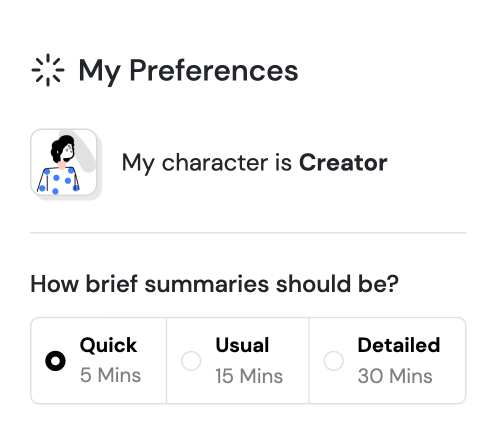
Similar Books
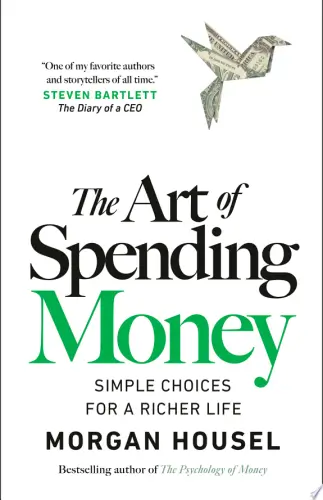
The Art of Spending Money
Morgan Housel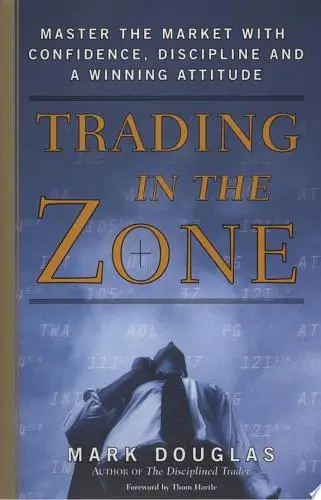
Trading in the Zone
Mark Douglas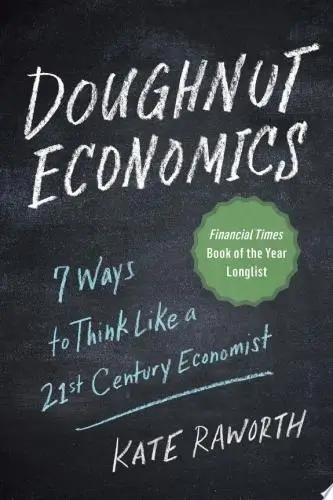
Doughnut Economics
Kate Raworth
A study guide for Barbara Ehrenreich's "Nickel and Dimed: On (Not) Getting By in America"
Gale, Cengage Learning
Bitcoin For Dummies
Prypto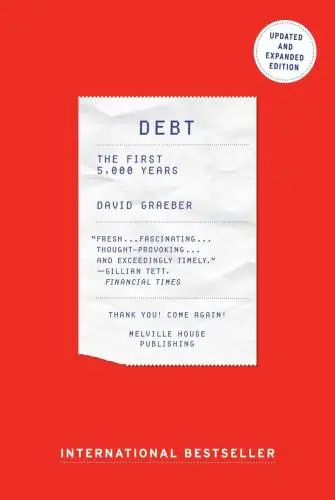
Debt
David Graeber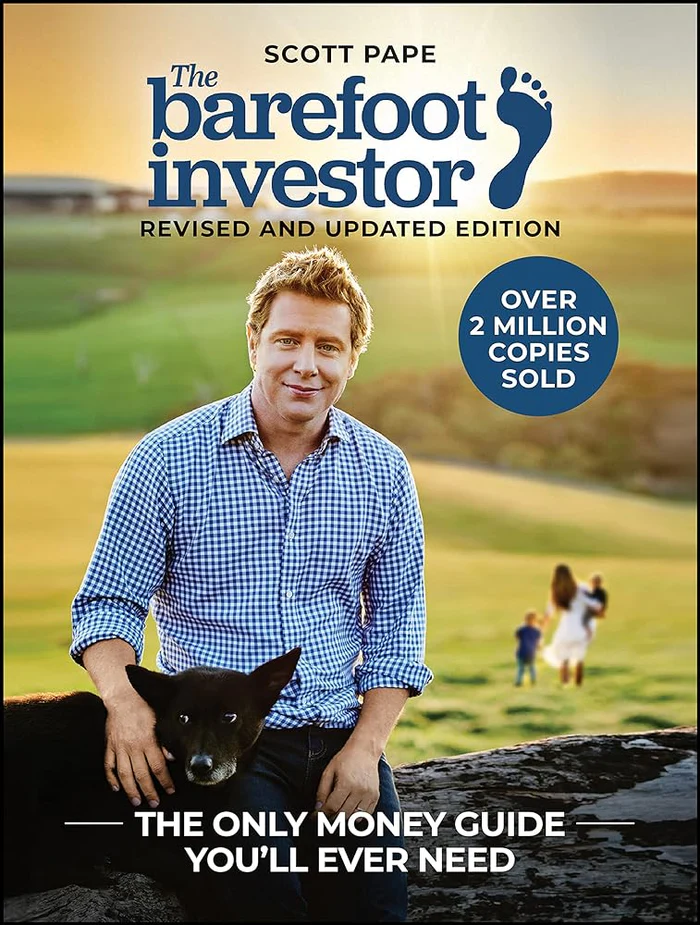
The Barefoot Investor
Scott Pape
Money Has No Value
Samuel A. Chambers
Financial Peace
Dave Ramsey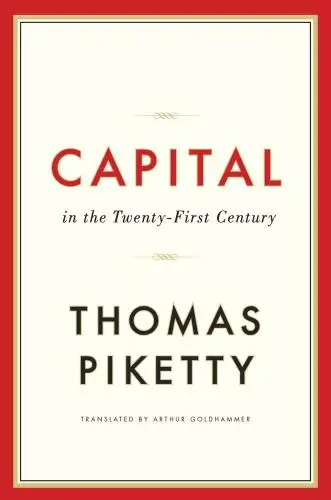
Capital in the Twenty-First Century
Thomas PikettyTrending Summaries
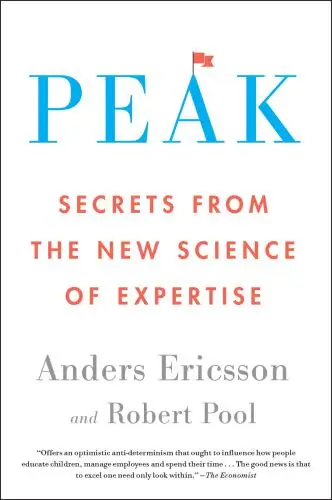
Peak
Anders Ericsson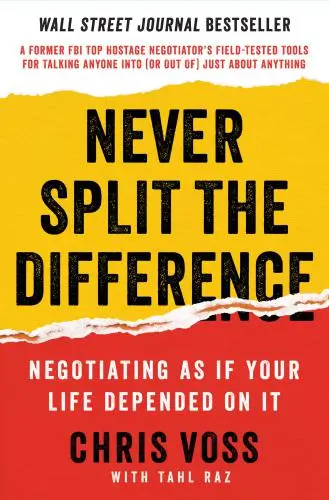
Never Split the Difference
Chris Voss
Smart Brevity
Jim VandeHei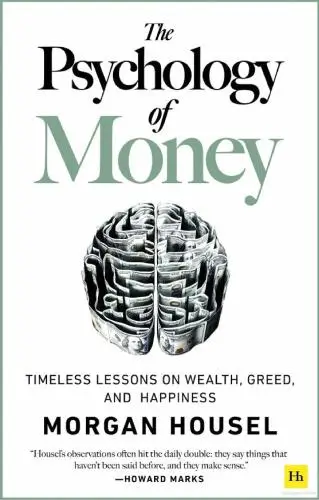
The Psychology of Money
Morgan Housel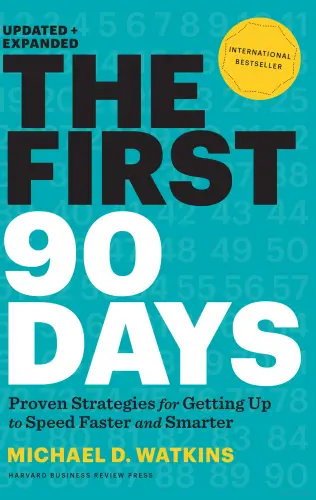
The First 90 Days
Michael D. Watkins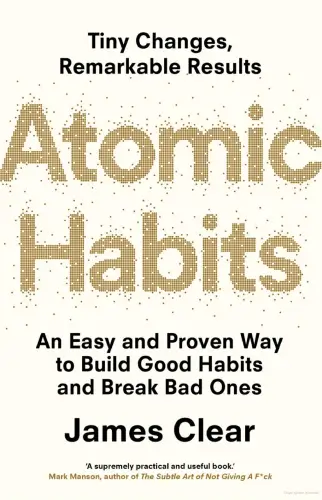
Atomic Habits
James Clear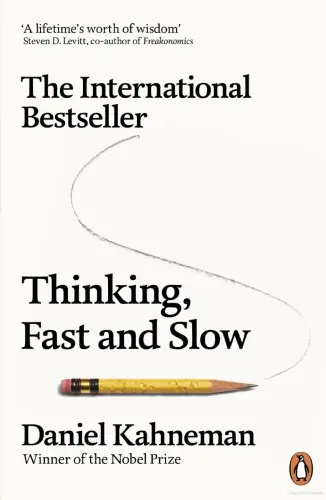
Thinking, Fast and Slow
Daniel Kahneman
The Body Keeps the Score
Bessel van der Kolk M.D.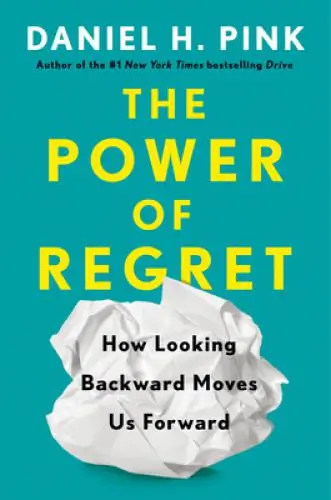
The Power of Regret
Daniel H. Pink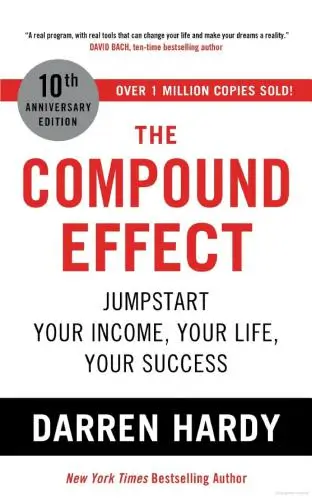
The Compound Effect
Darren HardyNew Books

The Art of Spending Money
Morgan Housel
$100M Offers
Alex Hormozi
A Candle for Kiri
Edna Mae Holm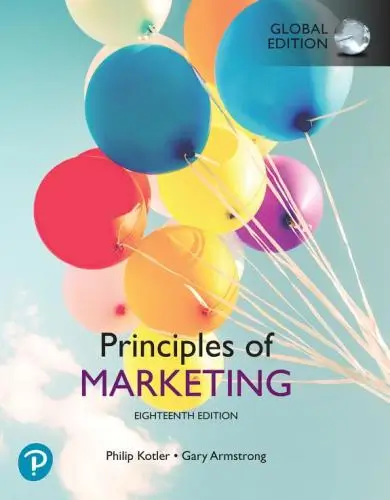
Principles of Marketing, Global Edition
Gary Armstrong
Serpent Rising: The Kundalini Compendium
Neven Paar
Feeling Is the Secret
Neville Goddard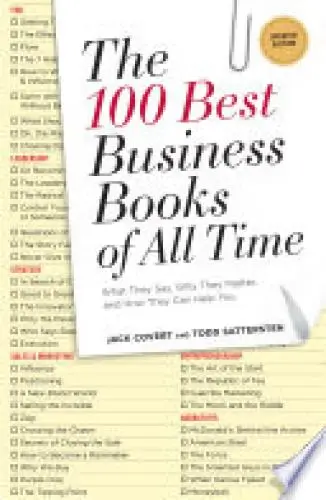
The 100 Best Business Books of All Time
Jack Covert
My Oxford Year
Julia Whelan
Trading in the Zone
Mark Douglas
